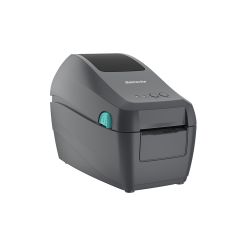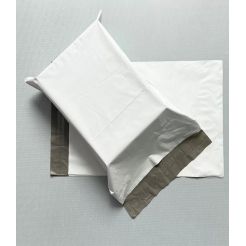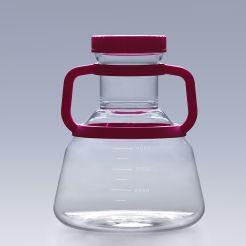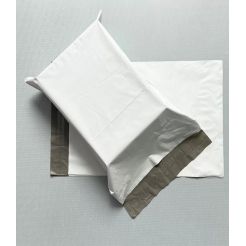pipette maintenance
Product Description
https://www.fdcell.com/news/tips-for-proper-pipette-maintenance.html
Pipettes are indispensable tools in laboratories, research facilities, and medical settings, used to accurately measure and transfer liquids. To ensure consistent and reliable results, it's crucial to properly maintain and care for your pipettes. In this article, we'll provide essential tips for pipette maintenance to help prolong their lifespan and maintain accuracy.
1. Regular Cleaning
Clean your pipettes regularly to prevent cross-contamination between samples. Use a mild detergent and distilled water to clean the external surfaces. For the internal components, use a lint-free cloth dampened with isopropanol or ethanol to wipe down the pipette shaft and piston. Make sure to follow the manufacturer's guidelines for cleaning to avoid damaging delicate components.
2. Calibrations and Verification
Schedule regular calibrations and verifications of your pipettes to ensure accurate measurements. Calibration checks should be performed by trained professionals using calibrated equipment. Verification using gravimetric or photometric methods can help confirm the accuracy of your pipettes when dispensing specific volumes.
3. Proper Handling
Handle pipettes with care to avoid mechanical damage. Always use the appropriate force when operating the plunger to prevent excessive wear on internal components. Avoid dropping pipettes or subjecting them to impact, as this can lead to misalignment and inaccurate measurements.
4. Tip Selection and Replacement
Choose pipette tips that are compatible with your specific pipette model. Use high-quality, certified tips to ensure accurate and consistent results. Replace tips between each sample to prevent cross-contamination. Make sure the tips are securely attached to the pipette to prevent leakage or imprecise measurements.
5. Storage and Handling
Store your pipettes in a clean and dry environment to prevent dust and contaminants from affecting their performance. Use pipette stands to keep them upright and avoid contact with surfaces. If your pipettes are not in use for an extended period, store them with the plunger released to relieve stress on internal components.
6. Preventive Maintenance
Perform routine preventive maintenance on your pipettes based on the manufacturer's recommendations. This may include lubrication of internal components, replacement of O-rings, and inspection of seals. Preventive maintenance can help identify issues before they lead to inaccurate measurements.
7. User Training
Ensure that all users of the pipettes receive proper training on their operation, maintenance, and cleaning procedures. This will help prevent user-related errors and mishandling that can impact the accuracy of measurements.
8. Replacement Parts
If your pipette shows signs of wear or malfunctions, use genuine replacement parts provided by the manufacturer. Using unauthorized parts can compromise the accuracy and reliability of the pipette.
Conclusion
Proper maintenance of pipettes is essential for obtaining accurate and consistent results in laboratory and medical settings. By following these tips and adhering to manufacturer guidelines, you can ensure that your pipettes remain in optimal condition, extend their lifespan, and contribute to the reliability of your research and analyses.







